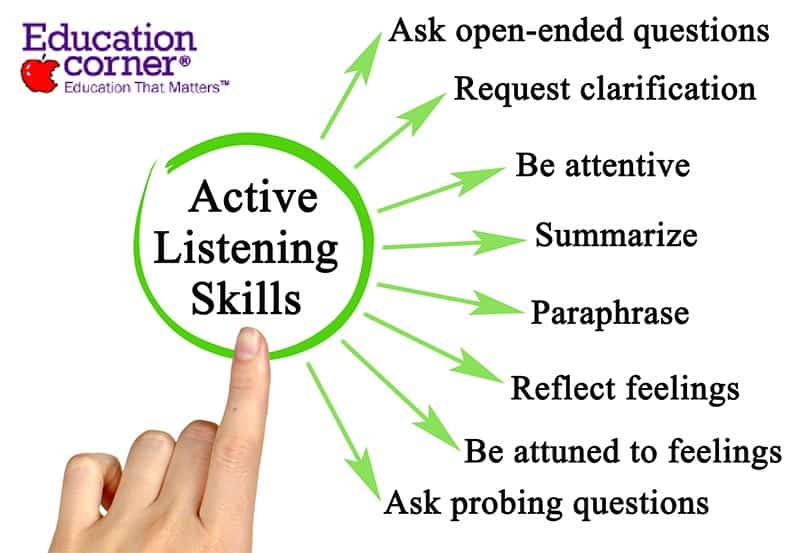
Most of us prefer to figure out our own solutions.

Most of us don't want your advice anyway. When listening to someone talk about a problem, refrain from suggesting solutions. If you are a quick thinker and an agile talker, the burden is on youto relax your pace for the slower, more thoughtful communicator-or for the guy who has trouble expressing himself. We all think and speak at different rates.
"This isn't a conversation, it's a contest, and I'm going to win.". "What I have to say is more interesting, accurate or relevant.". Interrupting sends a variety of messages. Certainly the opposite is being modeled on the majority of talk shows and reality programs, where loud, aggressive, in-your-face behavior is condoned, if not encouraged. I'm not sure that message is getting across anymore. Step 5: Don't interrupt and don't impose your "solutions."Ĭhildren used to be taught that it's rude to interrupt. If your thoughts start to wander, immediately force yourself to refocus. Think only about what the other person is saying.įinally, concentrate on what is being said, even if it bores you. You can't rehearse and listen at the same time. When it's your turn to listen, don’t spend the time planning what to say next. When listening for long stretches, concentrate on, and remember, key words and phrases. Whether a literal picture, or an arrangement of abstract concepts, your brain will do the necessary work if you stay focused, with senses fully alert. Step 4: Listen to the words and try to picture what the speaker is saying.Īllow your mind to create a mental model of the information being communicated. After a couple of rounds of this, I usually ask, "Do you want to have this conversation by yourself, or do you want to hear what I have to say?" I wouldn't do that with everyone, but it works with him. This usually lands him way off base, because he is following his own train of thought and doesn't learn where my thoughts are headed. Occasionally my partner can't slow his mental pace enough to listen effectively, so he tries to speed up mine by interrupting and finishing my sentences. You don't know what those thoughts and feelings are and the only way you'll find out is by listening.ĭon't be a sentence-grabber. Remember that the speaker is using language to represent the thoughts and feelings inside her brain. If what she says alarms you, go ahead and feel alarmed, but don't say to yourself, "Well, that was a stupid move." As soon as you indulge in judgmental bemusements, you've compromised your effectiveness as a listener. Listen without judging the other person or mentally criticizing the things she tells you. Finally, don't be distracted by your own thoughts, feelings, or biases. In addition, try not to focus on the speaker's accent or speech mannerisms to the point where they become distractions. Mentally screen out distractions, like background activity and noise. 
The dictionary says that to "attend" another person means to: You can look away now and then and carry on like a normal person. You don't have to stare fixedly at the other person. Excuse the other guy, but stay focused yourself.

Shyness, uncertainty, shame, guilt, or other emotions, along with cultural taboos, can inhibit eye contact in some people under some circumstances. Look at them, even if they don't look at you. Put aside papers, books, the phone and other distractions. The desire for better communication pulls you together.ĭo your conversational partners the courtesy of turning to face them. That doesn't mean that you can't carry on a conversation from across the room, or from another room, but if the conversation continues for any length of time, you (or the other person) will get up and move. When we talk, we look each other in the eye.

In most Western cultures, eye contact is considered a basic ingredient of effective communication. How much of the person's divided attention you are actually getting? Fifty percent? Five percent? If the person were your child you might demand, "Look at me when I'm talking to you," but that's not the sort of thing we say to a lover, friend or colleague. Talking to someone while they scan the room, study a computer screen, or gaze out the window is like trying to hit a moving target.








 0 kommentar(er)
0 kommentar(er)
